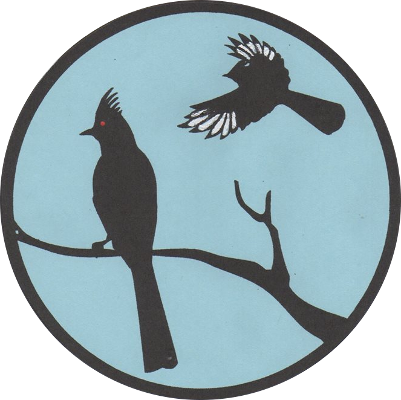Great Horned Owls (GHOWs) are amazing creatures. These night-hunting apex predators have adapted to almost every nook and cranny of the N. American continent. They prey on just about anything that walks, crawls or flies — as long as it isn’t more than two or three times their size.
Woodley Park, home of the Sepulveda Basin Wildlife Reserve, has large trees in a park setting, plus a zillion gophers, thus has at least one breeding pair per season. Nesting starts late in the year; because chicks grow large before going solo, it takes time and a lot of food to raise them. Most of the time it’s fairly unusual to spot a GHOW sleeping the day shift, hidden high in a tree. But when raising two, three or four babies to full size, it’s harder for them to remain out of view – which is a boon for birders and photographers. (All photos by author — click/tap to enlarge.)
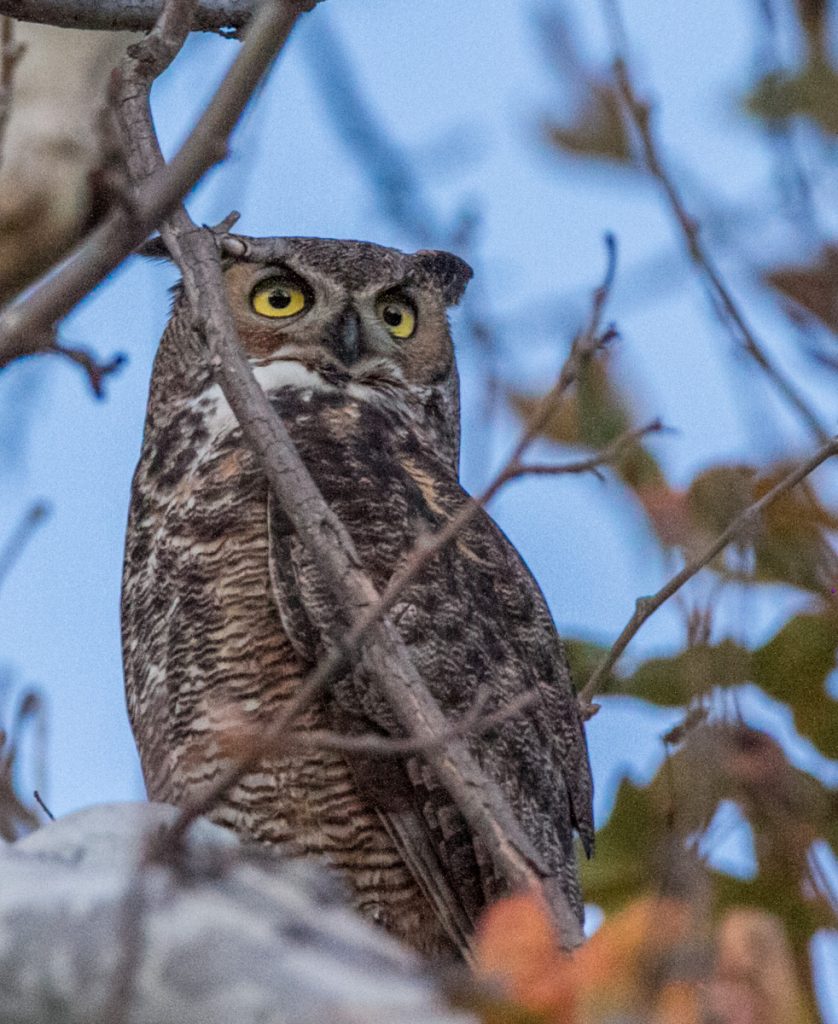
Poppa 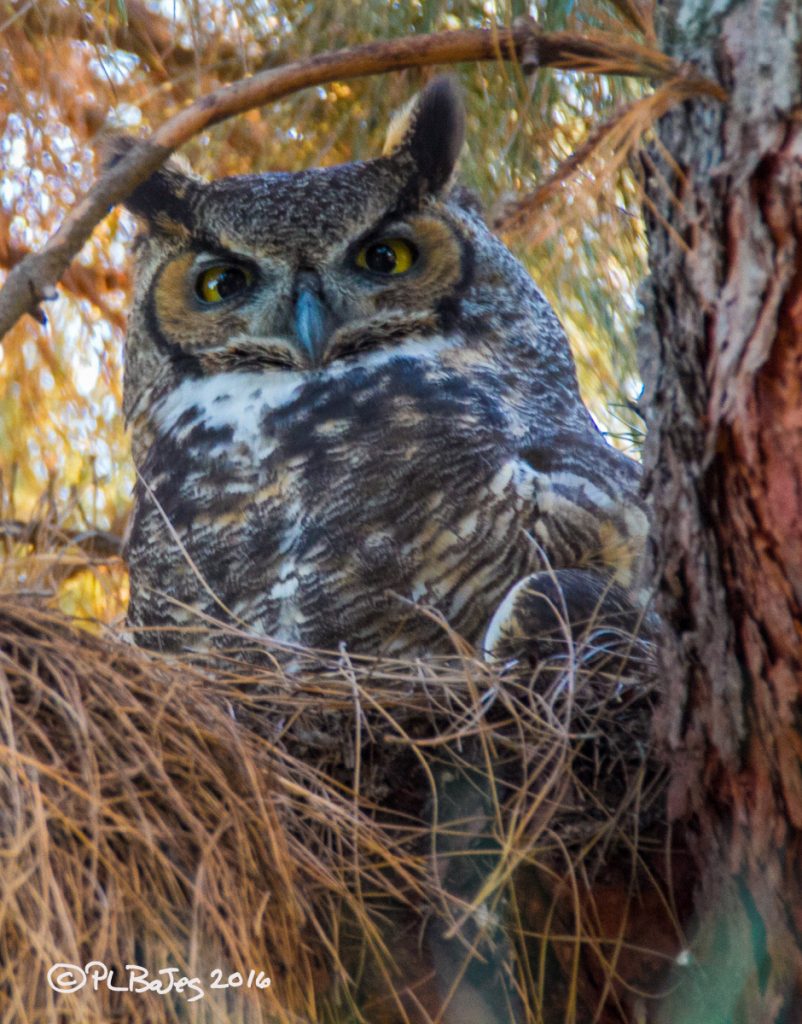
Momma 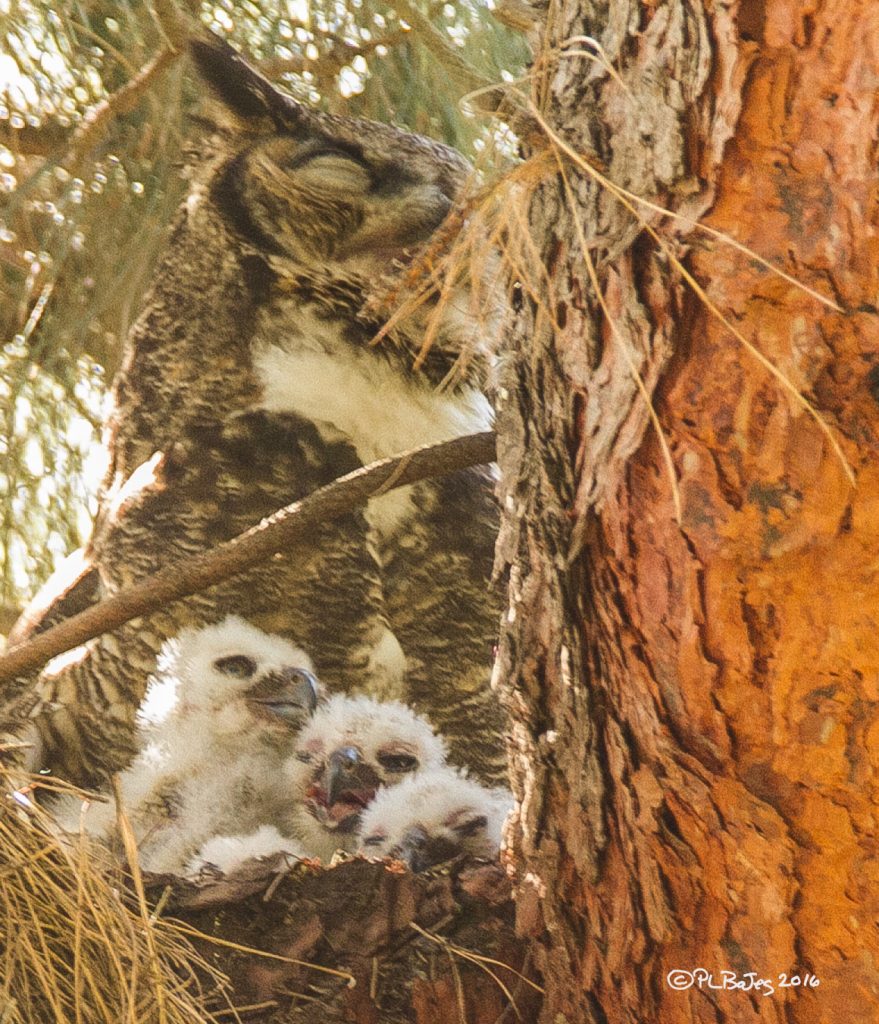
Success!
This season, mating started in November, and continued into February. (Even owls want to have a little fun before the hard work of parenting begins!) In February and March, they started hanging around the nest, and though the eggs and owlets weren’t visible from the ground, it was clear they were present and viable. In early April, the first fuzzy little owlet heads started peeking over the top of the nest. By mid-April, four owlets were scooting around on the branches near the nest, occasionally climbing up and down to other branches. Four owlets is a bumper crop – Woodley Park had five a few years ago, but two of them died. By early May, owlets were showing up in nearby trees; often, they’d climb down one tree, walk over and climb up another. Eventually, they tried out their wings, flying from tree to tree but staying close to the parents, who were still feeding them. The owlets will wander further and further afield until around the end of June, when they’ll finally head out on their own. (Since GHOWs will actually prey on their own kind, these kids are finished with home and their parents.)
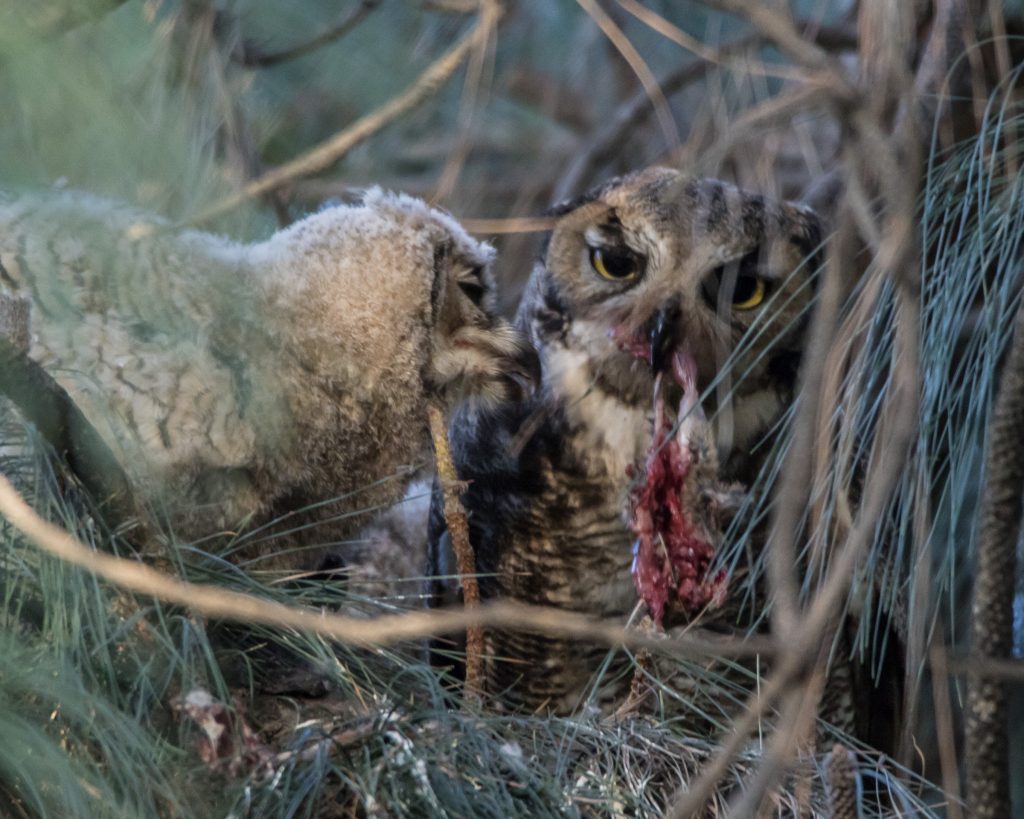
Snacking on a gopher 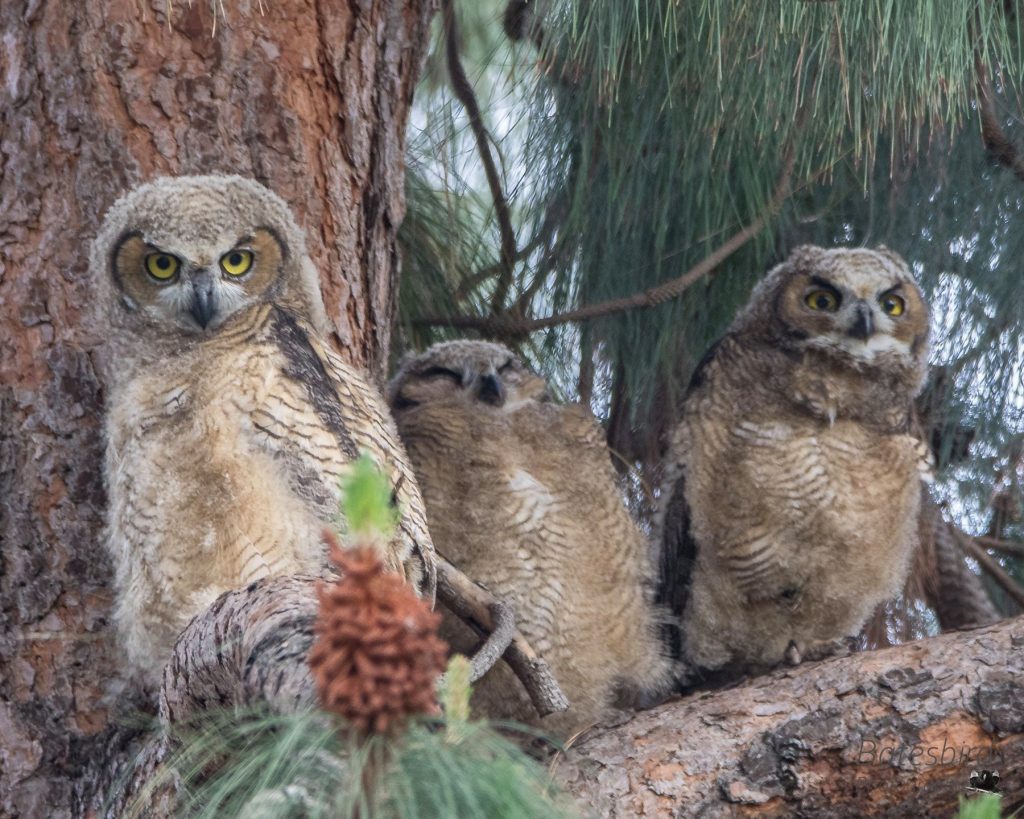
Posing 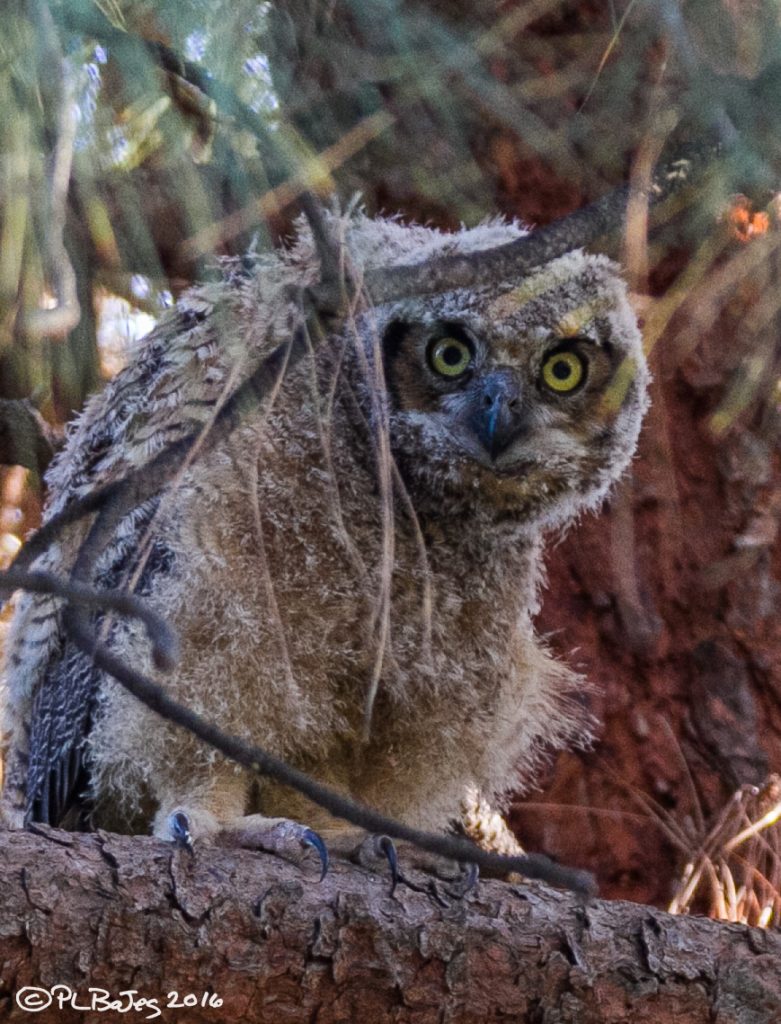
Do I know you?
Springtime visitors to the Sepulveda Basin Wildlife Reserve get to experience and enjoy the wonder of bird reproduction in many of its varied forms. There’s something very special about the Great Horned Owls: unlike most nesting birds whose babies are up and out in almost no time, we get to watch owlets and cheer them on as they grow, develop personalities and hone their skills.
The incredibly cute faces are a plus, too.
